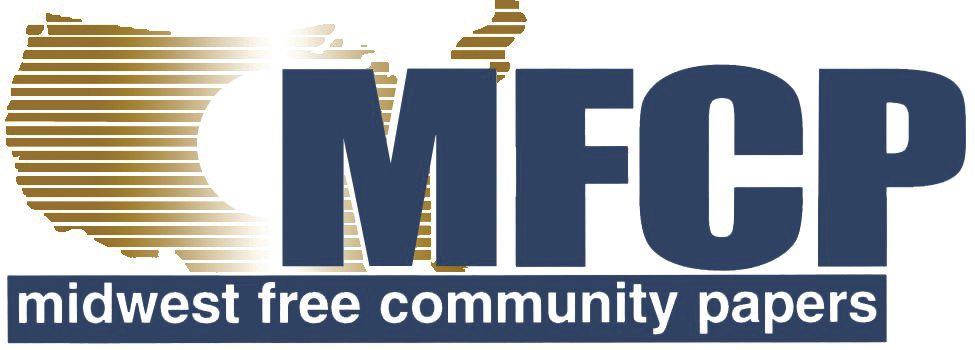ARE YOU DREAMING BIG ENOUGH?

Recent conversations have ignited my passion
“Be the flame, not the moth.”
― Giacomo Casanova
If I were to ask you to mark a spot on a line with a "1" on the left end and a "10" on the right end – with "10" representing "extremely passionate" and "1" representing "no passion at all" – how would you rate yourself when you think of your current passion for your newspaper?
Reading a post by Joey Young, publisher in Kansas, prodded my thoughts toward passion this morning. Some of you are familiar with Joey. In many ways, he reminds me of the younger version of me. Joey is very passionate about newspapers, and his passion leads him – and Lindsey, his co-publisher and wife – to many interesting places. In his post, Joey wrote about his recent conversation with NPR podcast host Jake Williams. Jake hosts a podcast titled "Out of Print: The Unmaking of American News."
As I looked back over Jake's podcasts, I quickly realized I knew many of the newspaper folks he had interviewed. He seems genuinely interested in small community newspapers.
Okay, back to passion.
I spent my morning today visiting with the publisher of a well-known periodical about the possibility of taking ownership and moving it under my publishing company's umbrella. We agreed there was great interest on both of our parts. Afterwards, I called a friend and brainstormed ideas to grow the publication and make it much more recognized than it currently is.
Before I knew it, I was listing influential writers (both in the U.S. and internationally) who could help by writing for the publication. I threw out an idea of localizing the periodical by getting news organizations around the world to submit their own material and create localized “issues” that could be accessed online. We discussed who I could recruit to join quarterly focus groups to review the content and brainstorm ways to improve what we’re doing.
The conversation with my friend lasted less than 30 minutes. Still, in that short time, we came up with at least a dozen ideas for monetizing the publication and getting the right people in place to create something we could expand beyond its current audience. By the end of the conversation, we were both “hyped up” about the possibility of growing this periodical.
You can probably guess where I’m going with this. My question for you is, “Are you dreaming big enough?” In the phone conversation with my friend, he kept reminding me that the most essential first step is to lay the groundwork – that is, to dream the dream – of what we’re building. Determining where the workforce and money will come from comes later. For now, however, it’s critical to dream about what could be. Afterwards, we can figure out how to get there.
Obviously, I don’t have enough to do if I’m thinking of taking on a project of this magnitude (yes, that’s a joke). Still, allow me to have this moment of passion. Allow me to dream of what could be. It’s futile to worry about the details until the dream is in place.
As we move into 2026, it seems an appropriate time to take stock of where we are and to dream dreams of where we could be. Visualizing is an essential step in our personal lives (just call me “Dr. Kevin”) and in our role as journalists. Let me take this opportunity to encourage you to visualize where your newspaper could be in six months or a year.
I’m still feeling the passion of my morning conversations, and I’m sure I’ll act on them sooner rather than later. However, like most of you, it’s time for me to get back to work.
Kevin Slimp has been a popular consultant and speaker in the newspaper industry since developing the PDF remote printing method in 1994. His upcoming webinars on design, circulation, and software can be found at newspaperacademy.com.
Kevin Slimp is former director of The University of Tennessee Newspaper Institute and founder of NewspaperAcademy.com.
